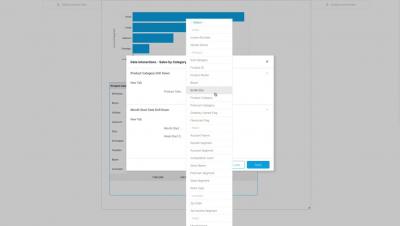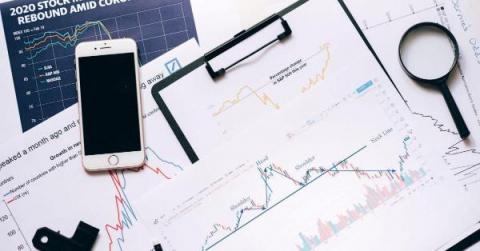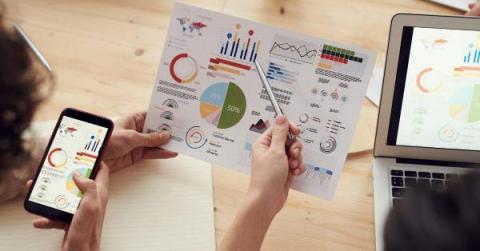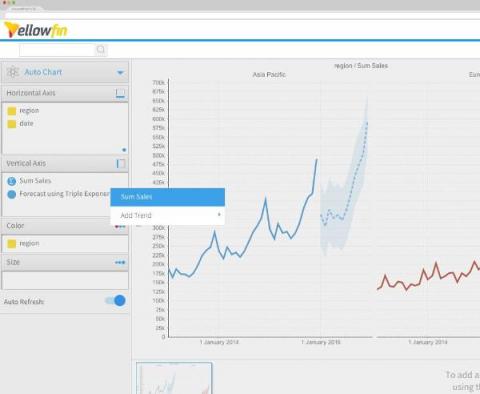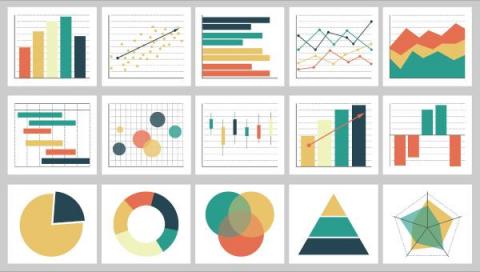6 Signs Your Analytics Dashboard is Outdated
From performance metrics to resource allocation to customer feedback, there is a lot of important data for businesses to track today, and it can be difficult to measure it all - but with the right dashboard in place, collating such data for everyone to see is much easier. However, if your dashboard analytics is outdated or otherwise not updated fast enough, you may not be able to provide accurate data about your company's performance at all.



